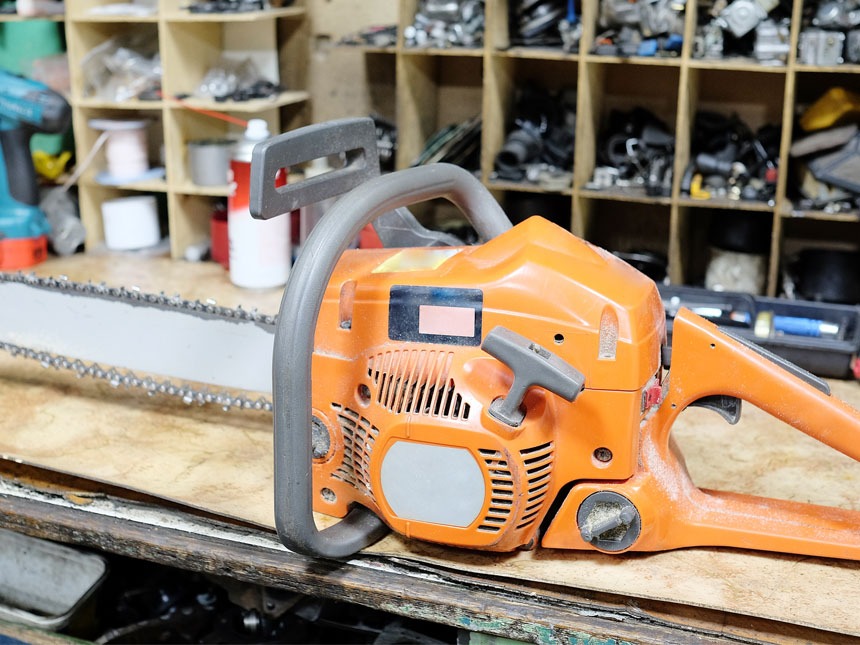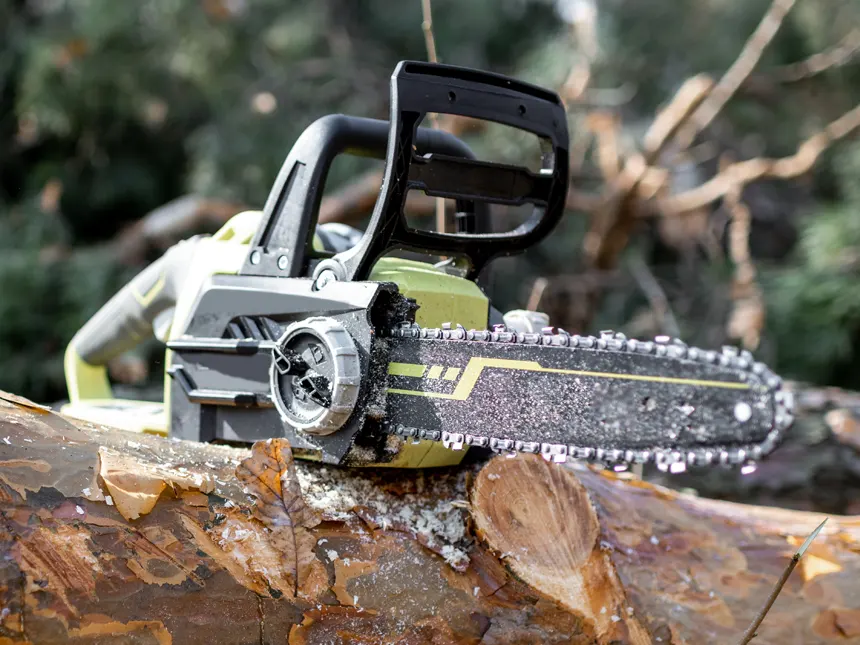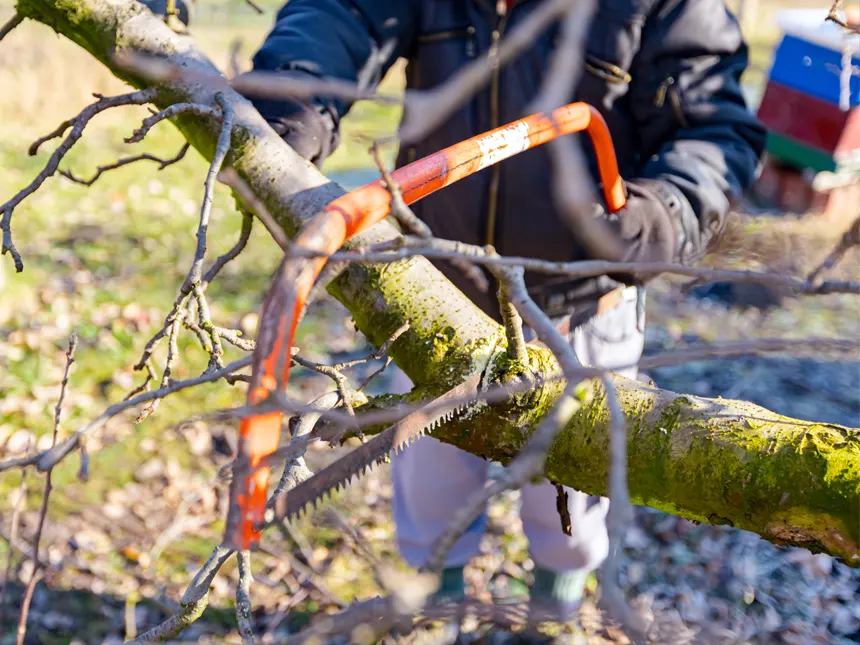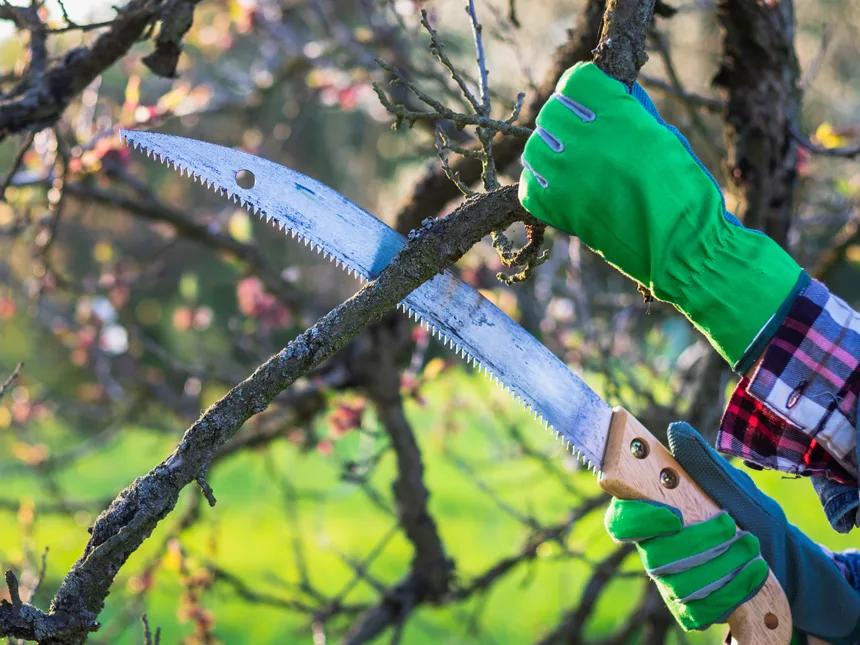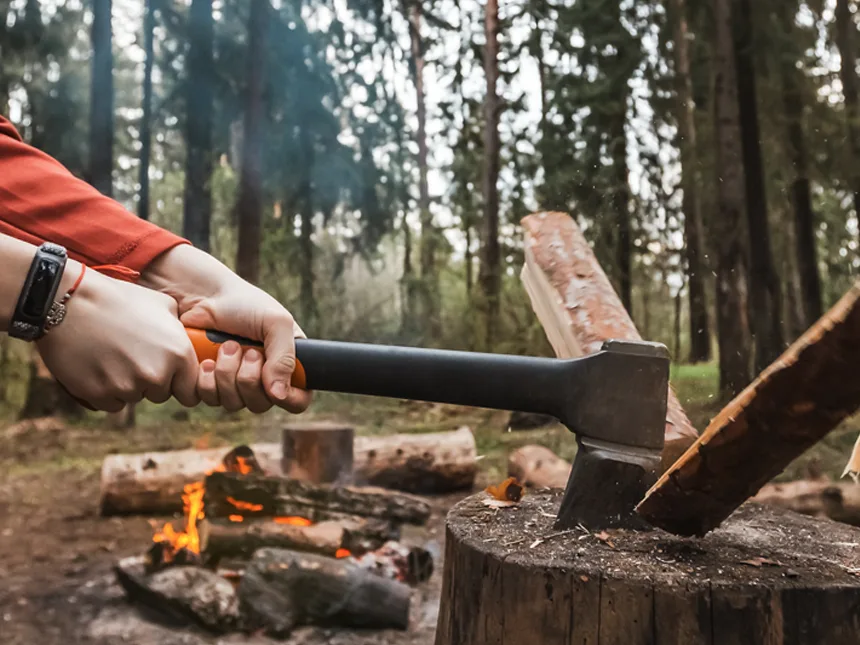What Is A Double-Bit Axe Used For?
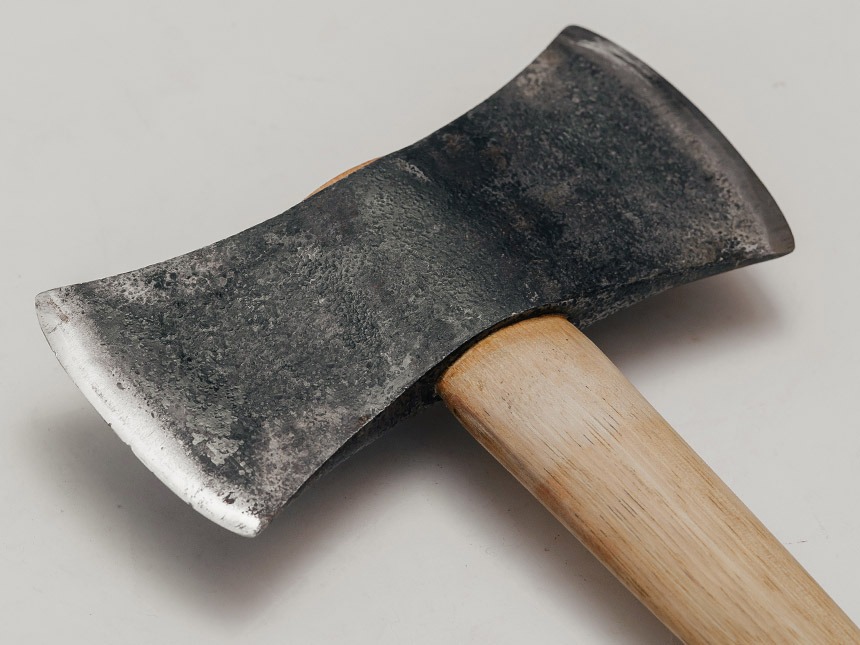
Timber Gadgets is reader-supported. We may earn a commission if you buy through the links on our site.
The double-bit axe is a relatively recent variation of the traditional axe. They first appeared in their modern form in the mid-1800s. Though their popularity since then has risen and fallen in relation to industries like lumber, they are still in circulation and can be found in many commercial homes.
A double-bit axe can be used for a wide variety of purposes related to cutting, chopping, and splitting wood. These range from large-scale woodworking projects like felling small trees to smaller-scale projects such as backyard landscaping.
Because a double-bit axe is technically any axe with two sharp edges on its head instead of the traditional one, these axes have more applications than many similar tools.
Keep reading to learn more about double-bit axes, their pros and cons, and what you should (and shouldn’t) use them for.
What Is A Double-Bit Axe?
A double-bit axe is one with a cutting edge on both sides of the head instead of one side.
Usually, one side is kept sharp for cutting and chopping, while the other side is kept duller and more rounded for splitting. Using this method, a double-bit axe can be used for almost any purpose.
However, double-bit axes can also be kept sharp on both sides, which makes them ideal for cutting and chopping jobs that need to be accomplished quickly.
If you choose the second method, it also keeps your tool sharper, for longer.
Typically, the heads of double-bit axes are made of steel, while the shaft is made of wood. More modern designs feature axes made entirely of steel, though these are less prevalent.
Double-Bit Axe Uses
As stated earlier, both traditional and double-bit axes have three primary purposes:
- Cutting
- Chopping
- Splitting
All three are typically applied to woodworking jobs, though double-bit axes can be useful for other purposes, as well.
Common applications of double-bit axes include:
- Felling small trees
- Cutting off small branches
- Cutting back bushes and small foliage
- Chopping small trees, logs, and branches
- Splitting firewood pieces
- Processing small game
If needed, you can also use a double-bit axe to perform smaller tasks, such as sharpening sticks.
Keep in mind, these are only in reference to general purpose double-bit axes. There are some specialty types, as discussed below, that are only made for select uses.
Because axes vary in size and shape, they also have many uses according to the type you choose.
- Hand Axes – Useful for small-scale wood activities, such as felling small trees, splitting firewood, and hewing small lumber.
- Felling Axes – Because of their flared head and thin, sharp tip, felling axes are best applied for cutting and chopping projects.
- Splitting Maul – The opposite of felling axes, these are designed for splitting jobs and aren’t intended perform cutting or chopping jobs well.
- Forest Axes – Heavy and robust, these heavy-duty axes are made for cutting down trees and other large-scale wood projects.
- Miner’s Axe – By design, mining axes have a double-bit head that is long and thin. They’re designed for close-quarter mining, such as for copper or ore.
- Pickaxes – Just liking mining axes, the design of a pickaxe makes it a double-bit by nature. It’s traditionally used for landscaping and breaking down materials like rocks.
It’s best to research each type of axe prior to purchasing to make sure it is ideal for your intended project. For example, if you’ll be mainly chopping firewood, then a hand axe or splitting maul would be best.
Looking for a double-bit axe? Check out my review of the best double bit axes.
What Not To Do With A Double-Bit Axe
Though the double-bit axe is suited for many purposes, there are several that it isn’t meant for.
If your project requires a smaller tool than the hand axe, then a hatchet is more suitable to your work.
Similar to hand axes, hatchets are smaller in size, length, and girth, and are therefore suited to felling saplings, chopping small branches, cutting bushes, and splitting firewood. Also like axes, double-bit hatchets are also available, instead of the traditional hatchet with one cutting edge and one hammer head.
There are also axes for recreational purposes, such as throwing. In these cases, a tomahawk or throwing axe would be more useful than a double-bit axe.
Tomahawks are also the superior tool for self-defense and close combat. They’re designed to be as lightweight as possible and feel like a natural extension of your arm, making them easier to wield in close quarters.
And for fine woodworking, a carpenter’s axe or hatchet is the go-to tool, rather than a double-bit axe. Carpenter’s axes are smaller, lightweight, and have a very sharp, straight-edged blade.
Like fine woodworking, specialty uses like roofing, tactical use, and hunting also aren’t well-suited to double-bit axes.
Pros And Cons Of Double-Bit Axes
Like with any tool, the double-bit axe has both benefits and drawbacks.
The pros include:
- Dual Purpose – When one side is kept sharp and the other intentionally dull, double-bit axes are essentially two axes rolled into one tool.
- Versatility – Double-bit axes can easily cycle through cutting, chopping, and splitting jobs, unlike many other axes.
- Longevity – Depending on how you use them, double-bit axes can last twice as long as traditional axes or axes with just one sharp edge.
Though whether or not the cons outweigh the pros is a matter of opinion, cons are still present:
- Weight – Because of the dual heads, double-bit axes tend to be heavier than their traditional counterparts. This makes them more unwieldy and tiresome to use.
- Availability – These types of axes are less commercially available than axes with a traditional head and are often only found in the lumberjacking industry.
- Safety – Since both sides of the head are sharp, double-bit axes are more dangerous than axes with only one sharp edge.
When considering which tool is right for your project, carefully review the pros and cons to decide if a double-bit axe is appropriate.
It’s also wise to consider who will be using this axe. Because of its size, weight, and safety considerations, it’s not advisable for young people/ children or individuals with limited movement to use.

